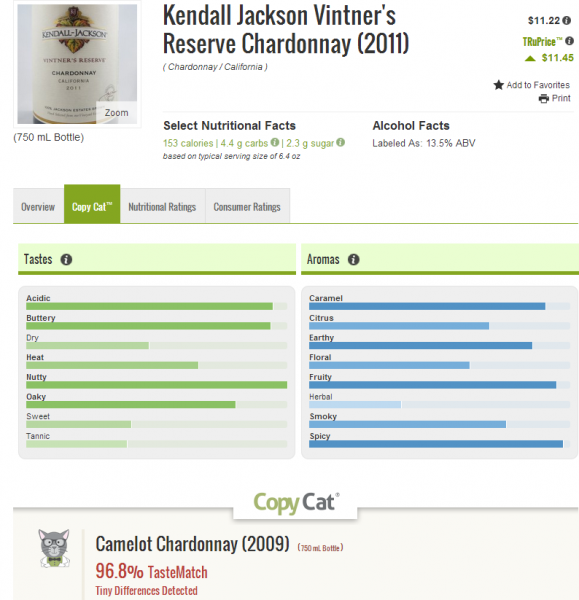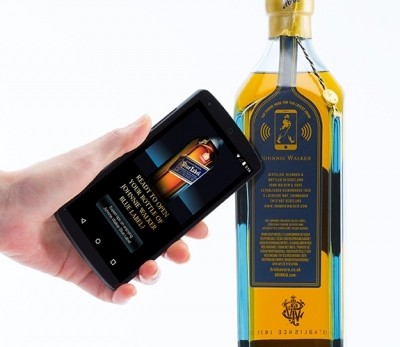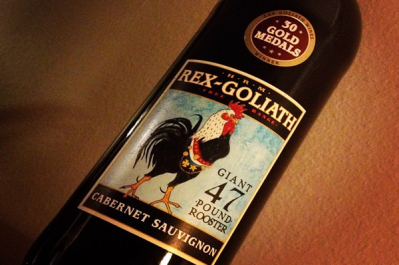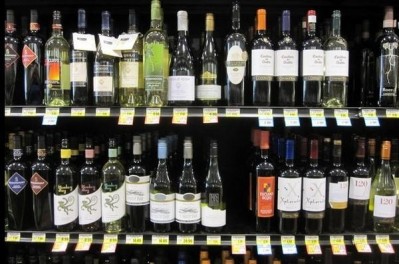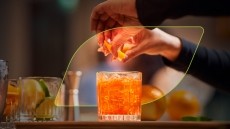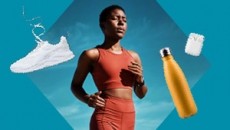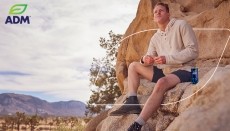‘Disruptive technology should encourage some US wineries to up their game’: Beverage Grades
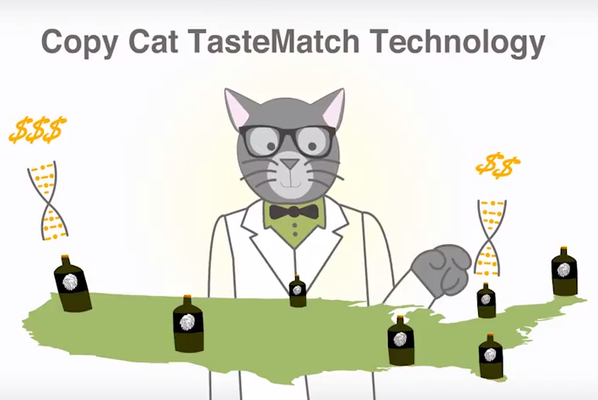
The Colorado-based firm’s laboratory works 24/7 to analyze wines from across the US and the rest of the world to determine their chemical composition – this data is then cross-checked against 5,000 other wines already in the Beverage Grades database before being supplied to end consumers online.
Developed by co-founders Kevin Byrnes and Kevin Hicks, BeverageGrades.com occupies a similar space to Next Glass, and builds upon insights gathered during the latter’s 15-year career in the wine industry.
Hicks says its analyses hinges on knowing the kind of things that go into wine, and thus knowing what to look for in laboratory tests.
What use is this to the consumer? Well, a ‘CopyCat’ feature allows you to plug in the name of your favorite wine then find the closest chemical match based on flavour and aroma compounds, while it also provides exact calorific and carbohydrate levels.
Entrepreneurs target lack of transparency in wine world
For example, using the Beverage Grades website – apps for iPhone and Android will launch imminently – we plugged in Kendall Jackson Vintner’s Reserve Chardonnay (2011) at around $11/bottle, and found a 96.8% ‘taste match’ with Camelot Chardonnay (2009) at only $5.81/bottle.
By anyone’s estimation this technology is disruptive - even it is controversial, one reader of our Next Glass story said a close chemical match didn't necessarily entail a close taste match -and Hicks tells BeverageDaily.com that the seed of the idea came to him around three years ago when his wife expressed curiosity as to the true chemical composition of wine, given her interest in health foods.
“There is a lack of information and transparency that relates to nutritional and health information that’s available for alcoholic beverages, because it’s regulated by the TTB,” Hicks said.
The app is free to consumers, and to ensure its independence Beverage Grades has a team scouring the US for new wine brands and vintages to test – to ensure the integrity of its analyses.
The company is not interested in selling the app or data to distributors and wholesalers – it wants to monetize the service through licensing information to liquor stores.
Byrnes and Hicks have already struck a deal with the largest liquor store in the States, Apple Jack, and say they want to pursue similar deals nationwide. The deal also involves using point of sale materials to point offline shoppers to a ‘low calorie Chardonnay’ or a ‘top pure wine without pesticides’.
They plan to develop relationships with retail stores and have a delivery network so people can find the wines they like – click to buy, then have them delivered the same or next day to their homes.
The entrepreneurs are targeting two consumer groups. Firstly, people who like, say, a $20 Chardonnay, but don’t want to pay $20 for it on a Tuesday night. So if a similar bottle costs $10…
“90% of consumers won’t spend more than $10 on a bottle of wine. They can type in Kendall Jackson Grande Reserve Cabernet, close to $20/bottle, and find a wine that’s, say, 98% correlated,” Byrnes says.
“It’s virtually the same wine, or a very similar wine, at half the price.”
Secondly, Beverage Grades is targeting consumers interested in health and nutrition, who can search for and see wines ranked wines based on a range of selection parameters, such as an overall ‘health rating’, ‘sugar content’, ‘pesticide free’, ‘low alcohol’, etc.
Is this bad news for prestige brands? Yes and no, according to Beverage Grades.
“It works both ways – if you’re a smaller winery and really want to cut through the fray, it’s difficult to get your product placed, since nine companies control 95% of the market,” Byrnes says.
“So some of these smaller brands that produce really good wines can be part of our website and really cut through that noise.”
Consumers care more about taste than branding blitz
That said, Byrnes suggests that the consumer power Beverage Grades unleashes could well encourage bigger brands to be more competitive.
“They put so much into marketing and branding that they have to factor that into the price equation. But for the average consumer – in a lot of cases what’s inside the bottle is more important,” he says.
Beverage Grades is primarily pitched at data-savvy younger people, whom the entrepreneurs agree can be intimidated by the ambiance and choice in liquor stores but want more information on wines – the app can tell them why they like a certain wine – its buttery taste, say, or a caramel aroma.
‘Powerful’, ‘compelling’ and ‘disruptive’ are three of the adjectives they attach to their service, which has also just launched in the beer space, while Beverage Grades claims it has already mapped 95% of the spirits brands sold in the US.
Hicks tells me Beverage Grades decided to start in wine “because the things people put in wine like juice concentrate, which is over 60% sugar – millions of gallons a year goes in and it’s cheaper than wine grapes”.
Manipulating products for certain price points
“It’s the same with oak. Not all oak-tasting wines are aged in oak, but use oak treatment chemical concentrates or oak chips – the point is that there can be a lot of product manipulation to make a product work at a given price point," he adds.
Beverage Grades flags-up value for the consumer by using trademarked technology to assess the value of a given wine based on its chemical makeup.
The Kendall Jackson Chardonnay we mention above, for instance, weighs in slightly above its average retail price at $11.45 in value terms, using the website’s rating system.
This TRuPrice is based on the chemical contents of the wine compared against hundreds in the Beverage Grades database. It uses the premise that better wines tend towards greater taste and aroma complexity and thus command higher prices.
“This will encourage some wineries and suppliers to raise their game around, ‘How do we deliver ever more value to consumer?’ ‘What to do we do differently to make a higher quality product?’” Byrnes says.
Distinguish B.O.B's Brewery from Budweiser: Beer and spirits follow wine
The company also offers a similar service for beer, and Hicks and Byrnes say flavour and aroma compounds for craft beers are “off the chart” compared with “really low and light” ratings for hopiness, maltiness, aromas and taste for the likes of Budweiser or Bud Lite.
“The craft beer crowd will love that, because it shows these beers can be worth the extra money,” Byrnes says. “But on the flip side, some of the IPA’s have 300-350 calories per 12oz serving. Three servings and that’s 1,000 calories you’ve consumed, and you might have no idea!”
